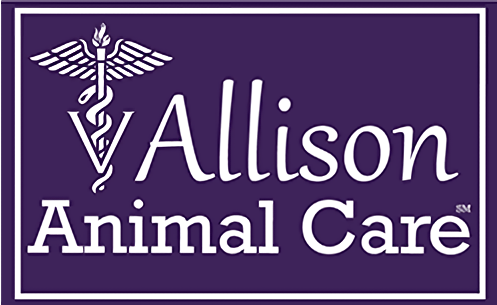Library
-
Pancreas-specific lipase is a form of lipase produced only in the pancreas and is highly specific to the pancreas. Blood values increase only when there is pancreatic inflammation. There is now a version of the fPLI test that can be used in-clinic (SNAP fPL© from IDEXX). Ideally, the sample should also be sent to the laboratory to get an actual value of fPLI to help with treatment and monitoring.
-
Pancreas-specific lipase is a form of lipase produced only in the pancreas and is highly specific to the pancreas. Blood values increase only when there is pancreatic inflammation. A version of the cPLI test can now be used in-clinic (SNAP fPL© from IDEXX). Ideally, the sample should also be sent to the laboratory to get an actual value of cPLI to help with treatment and monitoring.
-
Panniculitis is a localized inflammation of the tissues under the skin, causing a firm swelling (nodule) that may ulcerate and drain fluid. It is a common problem in cats and is less common in dogs. There are several causes of panniculitis, but in younger animals with a single lump, the cause is often blunt trauma and, in cats, it is often caused by bite wounds from fighting. An accurate diagnosis relies on the microscopic examination of tissue and the most common treatment is the surgical removal of the lump(s).
-
Papillomas are benign, sometimes multiple, tumors caused by viruses. They are commonly known as warts. The virus is transmitted through direct contact from an infected pet or the pet’s environment (e.g., toys, food bowls, or bedding) and gain access to the body when the skin becomes softened by moisture, through cuts and abrasions, or with the assistance of insects. Pets with immature immune systems such as young dogs and puppies, and those that are immune compromised, are more prone to developing papilloma tumors. The tumors often disappear within 1-2 months because the animal slowly develops an immunity to them. However, sometimes they persist, and surgical removal is necessary.
-
Parvovirus may affect dogs of all ages but is most common in unvaccinated dogs less than one year of age. Young puppies under five months of age are usually the most severely affected and difficult to treat. Clinical signs can vary but generally include severe vomiting and diarrhea; the diarrhea often has a powerful smell, may contain lots of mucus, and may or may not contain blood. Most dogs with CPV infection recover if aggressive treatment is used and if therapy is started before severe septicemia and dehydration occur.
-
Penetrating wounds can look minor on the surface but may cause severe injury below the skin. A thorough assessment requires sedation or anesthesia and surgery may be required to address the extent of the injury. This handout outlines first aid steps a pet owner can take while transporting their injured pet to the veterinary hospital.
-
A Penrose drain is a latex tube placed into a wound with one or two ends exiting the skin to passively remove unwanted fluid, usually from abscesses or open wounds. This handout provides post-operative wound care instructions for cats sent home with a Penrose drain.
-
A Penrose drain is a latex tube placed into a wound with one or two ends exiting the skin to passively remove unwanted fluid, usually from abscesses or open wounds. This handout provides post-operative wound care instructions for dogs sent home with a Penrose drain.
-
Pentosan polysulfate sodium is an injectable disease-modifying osteoarthritis drug (DMOAD) used to treat non-infectious and traumatic arthritis in dogs. It is also used off-label in cats. Follow your veterinarian’s instructions on how to administer the injection and dispose of the needle and syringe appropriately. Side effects are rare when given according to label recommendations and at prescribed intervals. Do not use in pets with a known hypersensitivity to it, in pets with known or suspected bleeding disorders or immune-mediated arthritis, or in pets with severe kidney or liver disorders.
-
Pericardial effusion refers to the abnormal accumulation of fluid in the sac surrounding the heart. Pericardial effusion can have a number of underlying causes, including inflammation, infection, cancer, and hereditary defects. Mild cases of pericardial effusion may be asymptomatic, but more significant fluid accumulations can interfere with the heart’s function and lead to severe effects such as sudden death. Treatment and prognosis is dependent upon the underlying cause of the condition.

